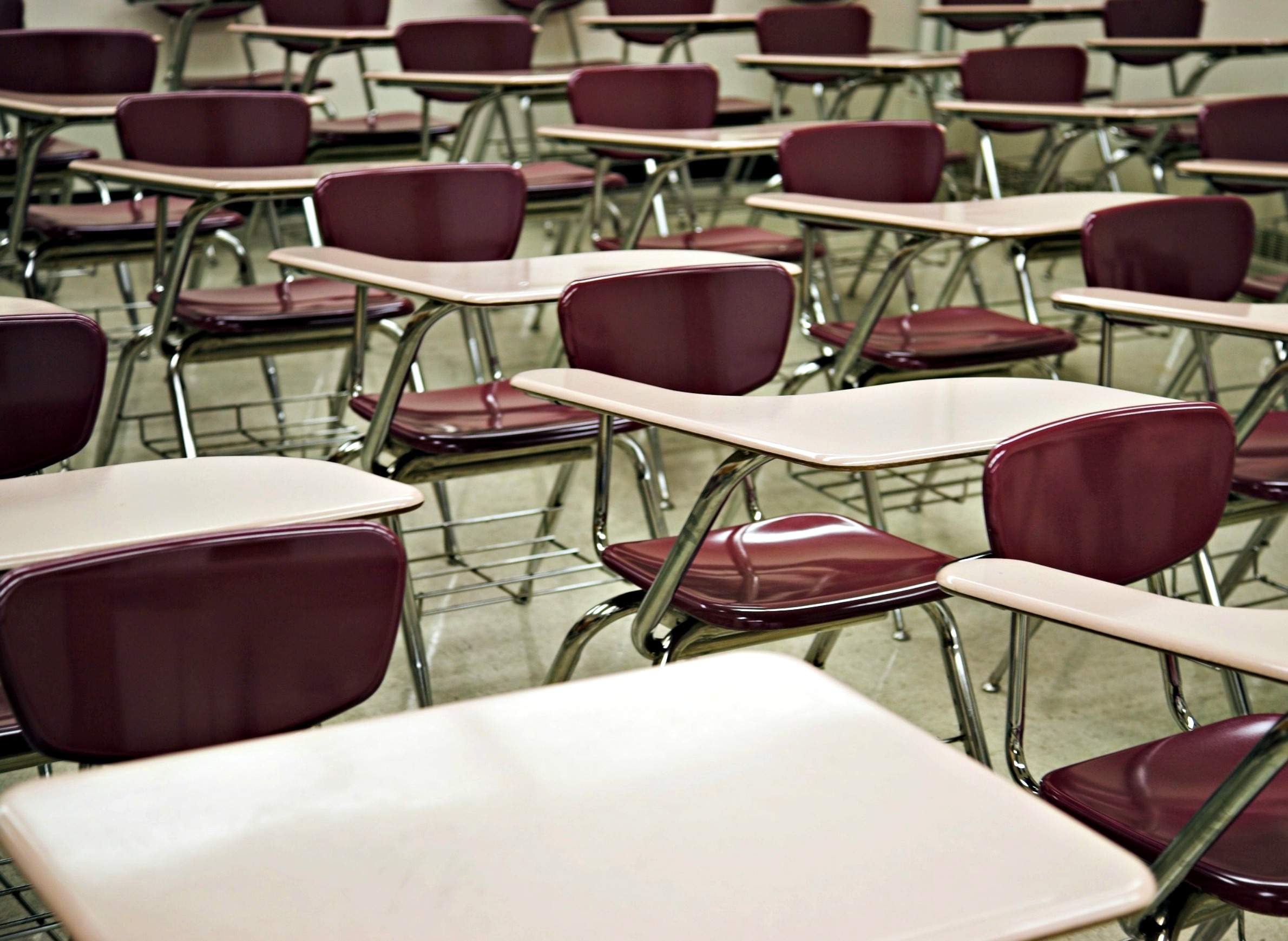
New Report Highlights Achievement Gap In Southeastern Wisconsin School Districts

A report released Friday by the Milwaukee-based Public Policy Forum showed enrollment in southeastern Wisconsin's school districts dropped by more than 3,500 students in the 2015-16 academic year. That was a decrease of a little more than one percent.
One of the forum's senior researchers, Joe Yeado, said there are multiple factors that contributed to that decline.
"Part of that is a shift in public schools students moving to charter schools, so nondistrict schools," Yeado said. "And then a larger part is that there are just fewer school aged children in the state of Wisconsin."
Yeado said the decline follows common population swings and the state is just in a lull period.
Despite the drop in enrollment, schools reported a 95 percent attendance rate which was an increase from last year.
The report also showed students of color made up nearly 43 percent of the population in southeastern Wisconsin school districts. However, large achievement gaps between white, black and Hispanic students still existed despite the increase in diversity.
Hispanic and African-American students trailed their white classmates on state math and English tests by larger margins than state averages. Yeado said issues that effect the achievement gap must be detected early.
"Causes of the achievement gap could take up hours of conversation," he said. "They tend to start early in a child's academic career and tend to be magnified as time goes on."
Black third grade students in the region were behind their white peers in math by an average of nearly 47 points compared to the state average of 41.
Hispanic third grade students trailed white students in the same category by nearly 33 points compared to the state average of 29.
Yeado said there is a sign positive sign that the achievement gap could be reduced in the future.
"We see all seven counties have an increase in their per-people revenue," he said. "So there's more funding going to these schools. That’s a good thing for being able to implement strategies and measures that would help close the achievement gap."
Wisconsin Public Radio, © Copyright 2023, Board of Regents of the University of Wisconsin System and Wisconsin Educational Communications Board.


